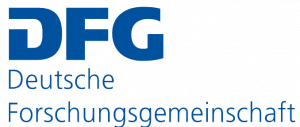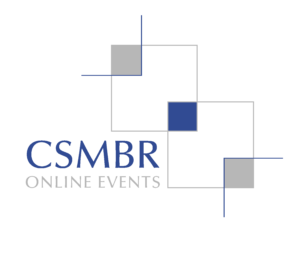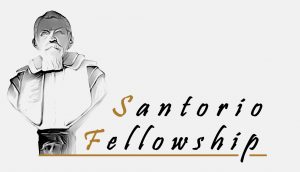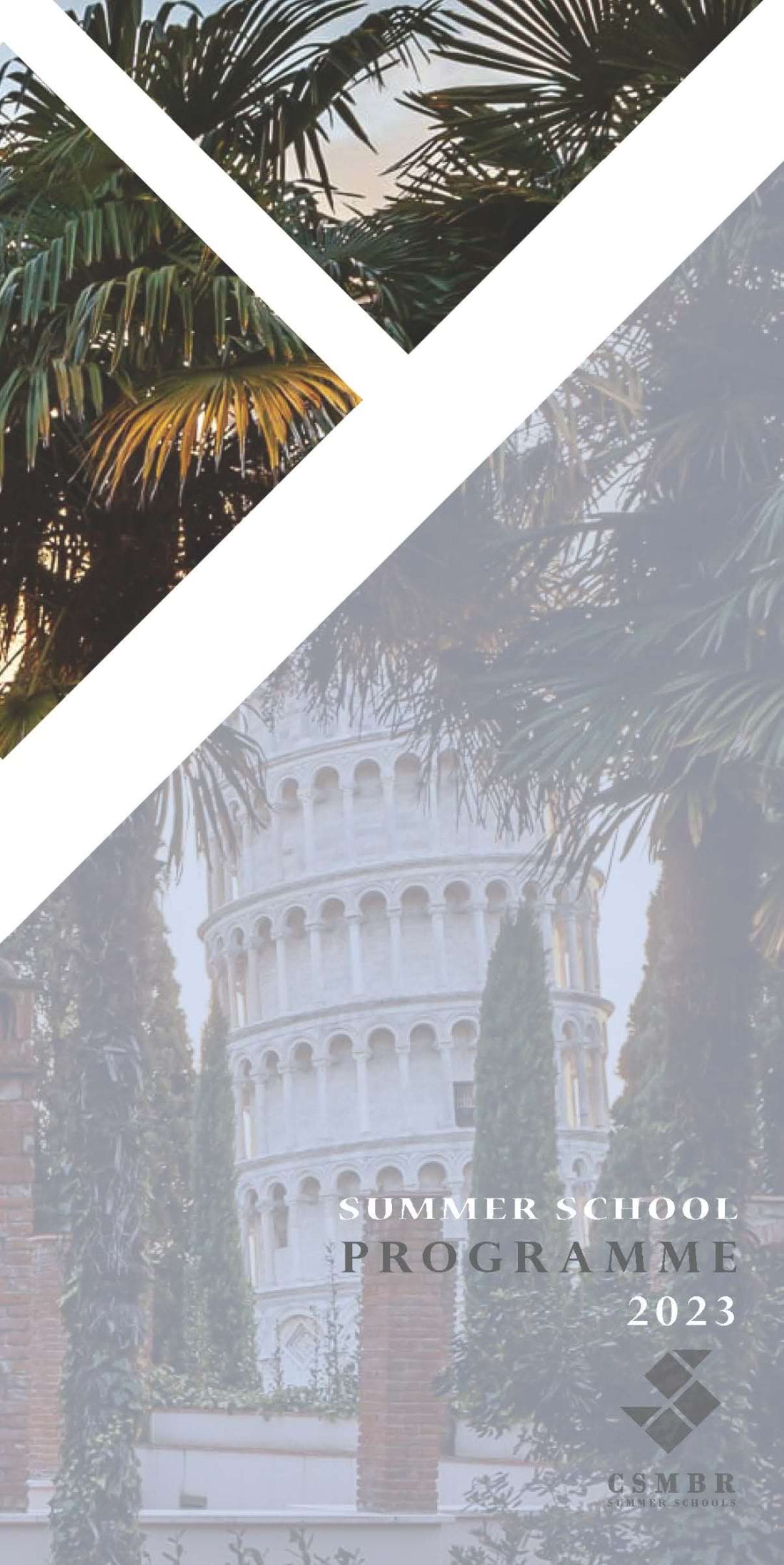Intensity and the Grades of Nature. Heat, Colour, and Sound in the ordering of Pre-Modern Cosmos (1200-1600)
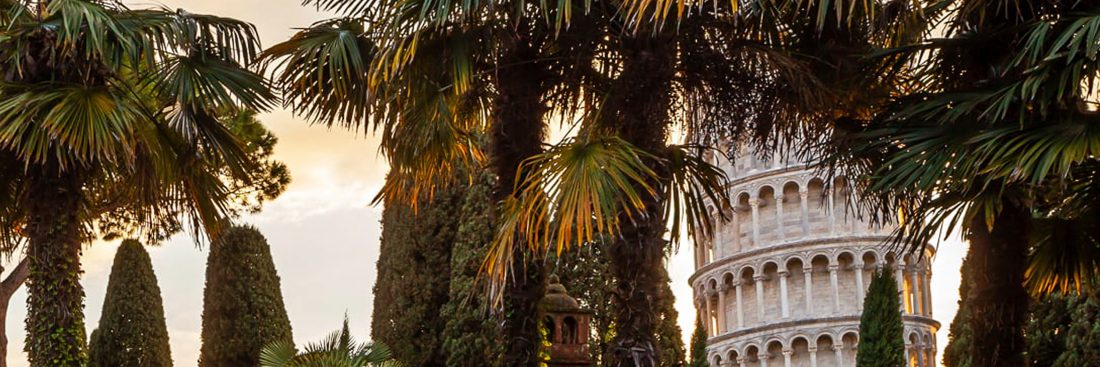
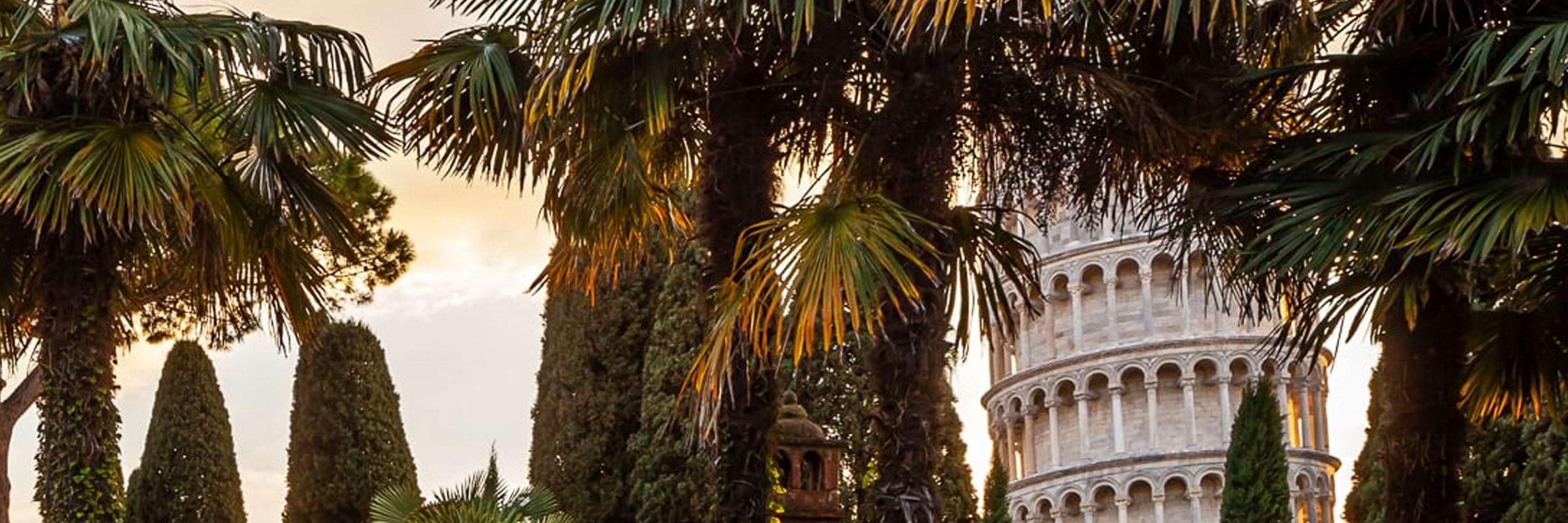
CSMBR Summer Schools
Intensity
and the Grades of Nature
Heat, Colour, and Sound in the Ordering
of Pre-Modern Cosmos: 1200-1600
11-14 July 2023
Organised by
Fabrizio Bigotti
Keynote Speakers
Tawrin Baker, Amalia Cerrito, Georgiana Hedesan, Martin Kemp, Andreas Lammer, Alexander Marr, Vivian Nutton, Sylvain Roudaut, Alain Touwaide, Giulia M. Weston
Guest Speakers
Linda Karshan, Stefano Lupo
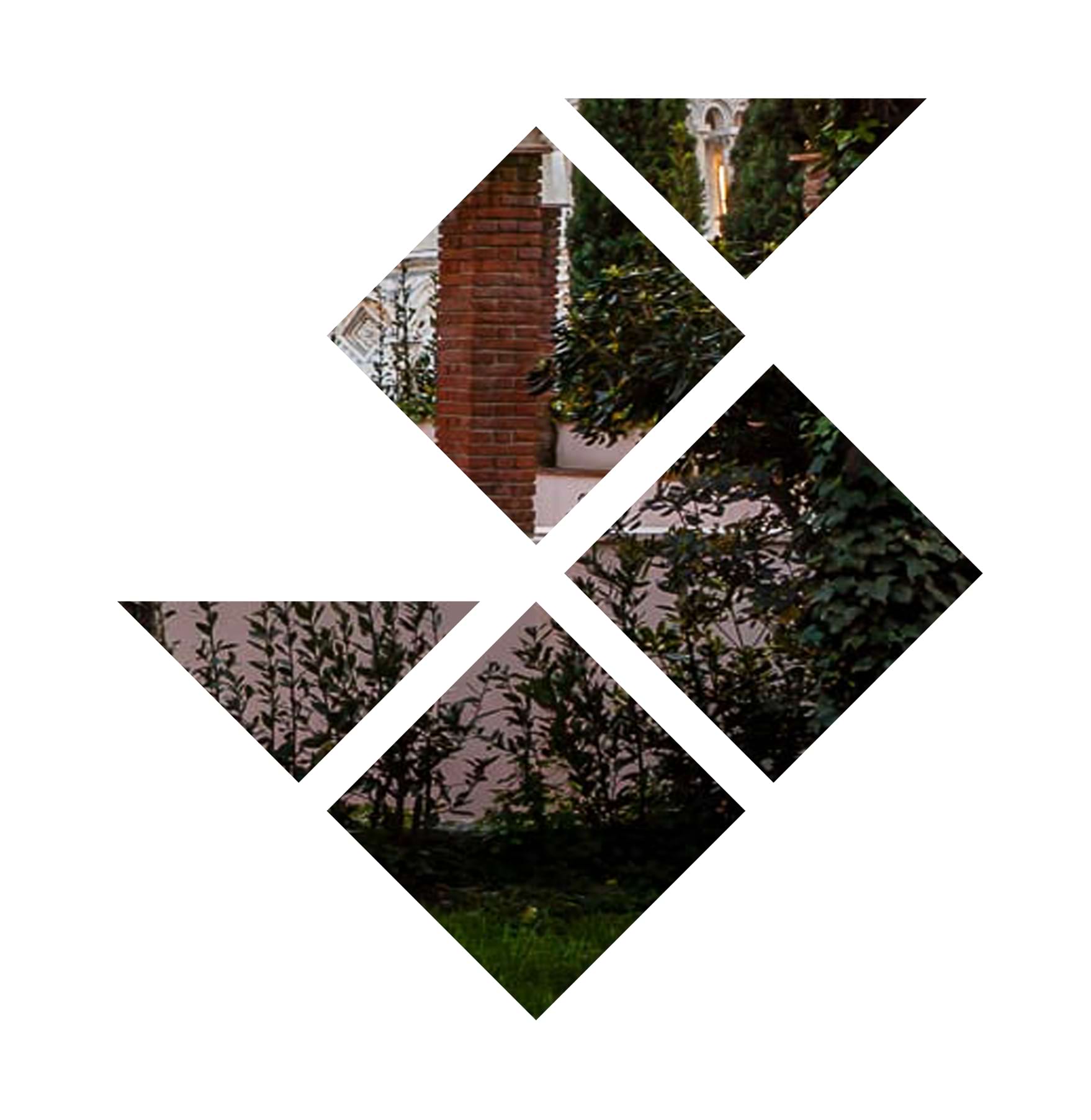
Click to download the poster
Summer School Themes
![]()
The Scala Naturae in Pre-Modern Cosmology and Theology
![]()
Grading Size: the maximum and minimum naturale
![]()
Grading Heat: from Temperament to Temperature
![]()
Grading Colour: Art, Science, and Politics of Shades
![]()
Grading Sound: Chori Spezzati and the Dynamics of Piano and Forte
![]()
Grading the Powers of Drugs in Pre-Modern Pharmacopeia
![]()
Grading Purity and Impurity in Alchemical Preparations
![]()
Visualising Intensity: Diagrams of Latitude and Uroscopy Wheels
Workshops
![]()
Certainty and Uncertainty in Leonardo da Vinci’s Optics (M. Kemp)
![]()
The Renaissance Colour Palette: Pigments and Conservation Issues (S. Lupo)
![]()
Finding the ‘Latitude of the Pulse’ with Santorio’s Pulsilogium (F. Bigotti)
![]()
Embodied Latitudes in Contemporary Art Practice (L. Karshan)
Programme
Click to Download the Programme
Abstracts
Click here to download the abstracts
Santorio Fellowship
Funding to attend the summer school are available via the Santorio Fellowship.
Sponsorship
Sponsored by the German Research Foundation (DFG) under the project Measuring the World by Degrees. Intensity in Early Modern Medicine and Natural Philosophy 1400-1650 (Project no. 461231785)
Held in the stunning premises and terrace of the Domus Comeliana, this summer school will explore how heat, colour, and sound have been used, conceptualised and graded in the pre-modern cosmos shaping both disciplines of knowledge and everyday life.
Central to the various cosmologies that developed throughout the period 1200-1600 was the idea that phenomena are subject to a variation in intensity. Intensity determined why objects were of higher or lesser temperature, speed, brightness, porous or dense texture, pitch, and so forth. And yet, intensity also had wider metaphysical, theological, political and cultural implications: it was instrumental to justify the order of the cosmos, the necessity of evil, and the need for hierarchies in maintaining social peace, with shades of colour especially used to mark social status, both in garments and buildings.
Linking back to Greek philosophy and medicine (i.e Aristotle, Galen, Dioscorides) theories of intensity (intensio et remissio formarum) blossomed in the late middle ages but remained vital in early modern philosophy (e.g. Galileo, Leibniz) up to the eighteenth century, with Baumgarten and Kant attempting at measuring the quantity of virtue (quantitas virtutis) necessary to the human subject to perceive (aesthetica) an object in the external world.
On the one hand, medieval and early modern theories of intensity developed an ancient desideratum to classify the world in a hierarchical order, also known as scala naturae or ‘the great chain of being’. At the extremes of the ‘chain’ were located respectively God, as the metaphysical grantor of order and the embodiment of perfection, and matter, embodying imperfection and chaos. However, on the other hand, the pre-modern period moved beyond previous attempts, as the cosmos is now spatialised and measurable. As comprehended within two opposites (i.e. perfection/imperfection, hot/cold, up/down, etc.), change occurs within “a range” (latitudo), wherein objects acquire or lose certain “degrees” (gradus) of the quality that is being intensified; thus hotter or brighter objects are so because they participate more in the specific properties (formae) of heat or light. In this sense, it is significant that, while the modern cosmos was consciously built on “number”, “weight” and “measure”, the fabric of the pre-modern world was textured in grades and shades.
Grades and shades were at once quantities and values, representing perfection or imperfection in theology, purity or impurity of distillation in alchemical preparations, physiological or pathological functioning of the body, where humours were refined by cooking and where everything, from fever to pulse frequency, was ordered in degrees of intensity. In cosmology, light was given a preeminent role, as Robert Grosseteste (1175-1253) developed his cosmology of light where intensity shapes every aspect of the universe, and Dante Alighieri (1265-1321) ordered Inferno in rounds of degrading sin while Paradiso in spheres of ascending beatitude.
A new vision of the cosmos prompted a larger use of visual aids, such as diagrams both to visualise change and to measure intensity. Health starts being measured in latitudes, the temperature in degrees, herbs and drugs by their colours and the intensity of their effects on the human body. Colours are used to represent aspects of the material world but also to highlight status, dignity, conceptual clarity, as well as religious and seasonal cycles while the sounds of the French Ars nova (14th century) intensify the rhythmic capacity of music by developing a new virtuosity, Flemish masters establish the multilayered notation of polyphony (15th century) and the Venetian Andrea and Giovanni Gabrieli at the end of the 16th-century start experimenting with piano and forte.
Although instrumental to the constitution of the pre-modern cosmos, intensity and associated theories have remained poorly studied in modern scholarship, with the bulk of studies available in German only. Attempting to fill the gap and to deliver the thematic fullness of the pre-modern cosmos to a larger audience, this summer school features world-leading experts discussing relevant aspects of intensity in alchemy, medicine, theology, natural philosophy, music, art, optics, as well as social and religious settings.
Organisation
The summer school is open to scholars of all careers and stages. As per previous events, it takes place in the outstanding setting of the Domus Comeliana (50m from the leaning tower) and it spans four days, articulated as 3+1, namely three days of lectures and guided visits to the city, plus a final day dedicated entirely to workshops, roundtables, presentation and discussion of attendees’ reports.
The event will present and discuss a variety of verbal and non-verbal sources (e.g. manuscripts, images, music pieces, and artefacts) in a multidisciplinary approach that aims at attracting and welcoming scholars with different backgrounds, interests and expertise.
The Summer School features three hands-on workshops on texts, materials, and instruments and one performance-based workshop. Workshop I (M. Kemp) will involve participants in the selection of passages and visual material from Leonardo’s extensive output and in the effort to contextualise his techniques as fitting his optical theories. Held in the premises of the Opera Primaziale Pisana, Workshop II (S. Lupo) will focus on the Renaissance colour palette and the restoration issues involved in conserving historical artefacts in accordance with 15th- and 16th-century practices. Workshop III (F. Bigotti) will be devoted to hands-on experimentation with the replica of Santorio’s pulsilogium, an early modern instrument invented by Santorio Santori (1561-1636) to ascertain the ‘degree’ and ‘latitude’ of the pulse. Participants will be invited to experiment with the instrument in small groups, by measuring and calibrating the instrument so as to revive the experience of using what has been called “the first precision instrument in the history of medicine”. Workshop IV (L. Karshan) held by distinguished artist and honorary fellow Linda Karshan will explore the ways in which contemporary art practice has embodied Renaissance concepts of latitude as especially related to the motions of the body and the soul.
To engage fully with the speakers during this four-day experience, attendees (in person) are strongly invited to elaborate their own contributions on the topics discussed, either in the form of PowerPoint presentations and/or as short papers (max. 5 min). These will be followed by thematic roundtables (in person and online attendees) focusing on the analysis of non-verbal sources, including relevant artefacts, images, videos, and music tracks. Roundtables’ topics can also be proposed by the attendees upon reaching an agreement amongst at least 3 people. For organisational reasons, only two such round tables can be proposed and must be communicated to the panel at least 3 weeks prior to the beginning of the Summer School.
The participation fee includes all the materials for the course and the workshops, all the breaks, four lunches, one dinner (final day) and two excursions in Pisa (i.e. Piazza dei Miracoli and Palazzo de’ Cavalieri).

Dates: 11-14 July
Venue: Domus Comeliana
Format: Hybrid
Early Bird Deadline: 28 February
Regular Deadline: 30 June
Santorio Fellowship Deadline: 15 April
Queries
Registration Fees
Early Bird
€ 210 = online *
€ 390 = in presence
Regular Registration
€ 300 = online *
€ 500 = in presence
* Participation in Workshops II and III will be limited but recordings of all lectures will be made available to participants after the event.
Welcoming Pack
New to Pisa? Need help with lodging, food and connections? Download our welcoming pack.
Check Out
Credits
Scientific Direction:
Fabrizio Bigotti
General Coordination:
Tomaso M. Pedrotti Dell’Acqua
Jan Seiwerth

